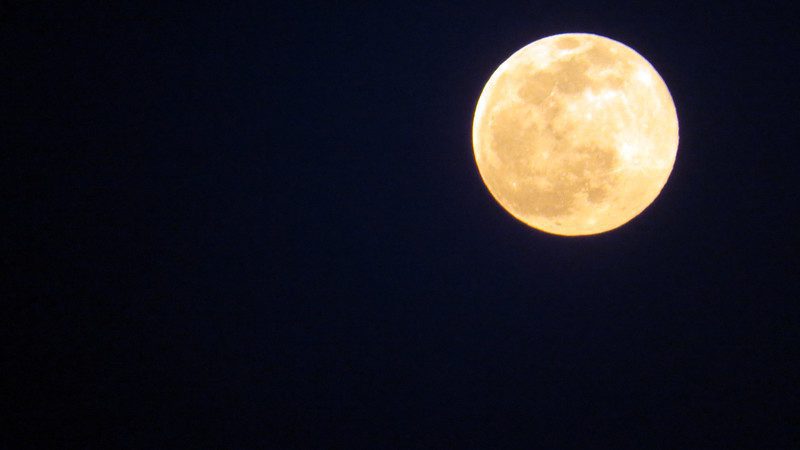As astronaut Neil Armstrong, commander of the Apollo 11 lunar mission, stepped onto the moon July 20, 1969, he uttered the famous phrase, “That’s one small step for man, one giant leap for mankind.”
Fifty-four years later, we know more about the moon than we know about any planet in our solar system (besides our own).
National Moon Day is July 20, a celebration of the space flight, lunar landing and safe return of the Apollo 11 crew. To commemorate the special occasion, here are some fascinating facts about Earth’s only natural satellite.
Growing apart
The moon moves away from Earth about four centimeters each year. That’s the same rate at which our fingernails grow. This is due to the gravitational effect of Earth’s tidal bulge, explains Andrealuna Pizzetti, a graduate student in the Clemson University Department of Physics and Astronomy.
The moon is kept in orbit by the gravitational force that the Earth exerts on it. But the moon also exerts a gravitational force on the Earth. This causes the movement of the Earth’s oceans to form a tidal bulge. The tidal bulge pushes the moon into a higher orbit, “like the faster, outside lanes of a test track,” according to the BBC.
Pint size
The moon is less than a third of the width of Earth. NASA puts it this way: if Earth were the size of a nickel, the moon would be about as big as a coffee bean.
Nice fit
All the planets in our solar system can fit between Earth and the moon. “I didn’t believe it at first,” says Pizzetti, “but I took the diameter of each planet and added them.”
The average distance from Earth to the moon is 384,400 kilometers. The sum of the planets’ diameters is 380,016 kilometers.
Familiar face
People used to believe the moon stayed in the same position, not rotating on its axis, because the side we see from Earth is always the same. We know that the moon does, in fact, move. NASA explains that because the moon rotates around the Earth at the same speed as it rotates on its own axis, the same side of the moon constantly faces us.
Look in the mirror
During the Apollo 11, Apollo 14 and Apollo 15 lunar missions, astronauts put mirrors on the moon. Why? Scientists would aim a laser beam of light at the mirrors and measure the time it took for the light to come back. This process led to numerous discoveries, including the movement of the moon away from Earth and the distance from Earth to the moon. The mirrors are actually 2-foot wide panels studded with 100 mirrors each, according to NASA.







